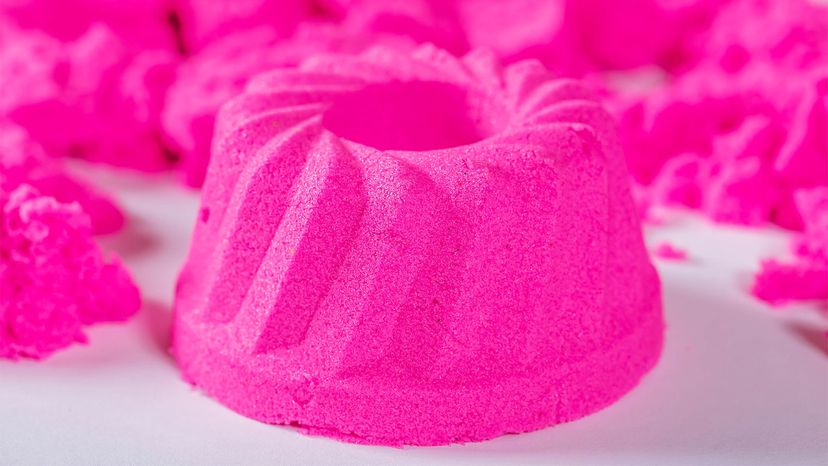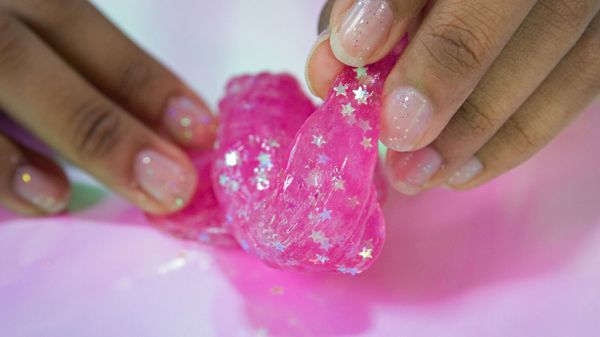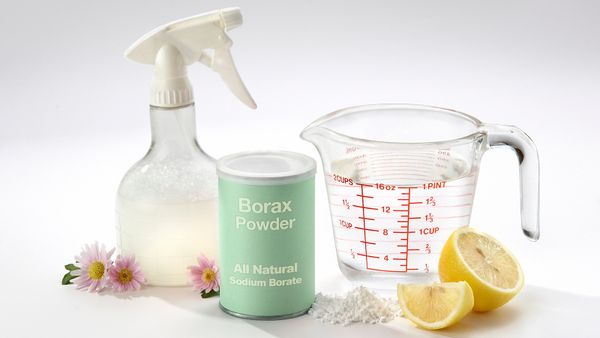
DIY science experiments are easy, inexpensive ways to encourage learning and have a little fun at the same time. If you're over the whole slime craze, however, it's probably time to move onto something that's just as simple to whip up and possibly even a little more fun to play with — magic sand.
Most of us think of sand in its natural state as difficult to harness. Unless you have the right tools and plenty of water, it's literally going to go wherever the wind takes it. Fortunately, all it takes are a few simple ingredients to turn sand into an exciting new plaything that won't even make a mess!
Advertisement


